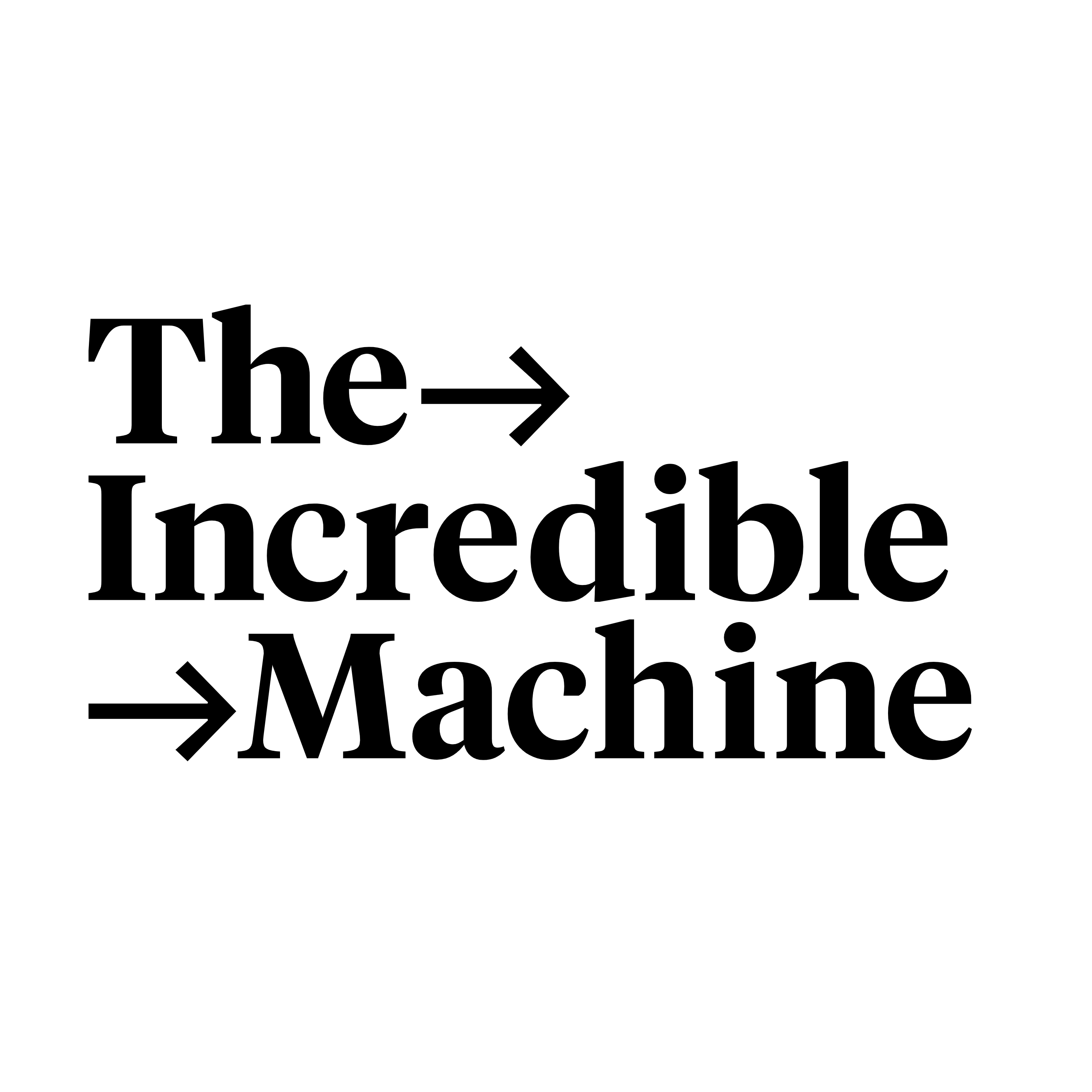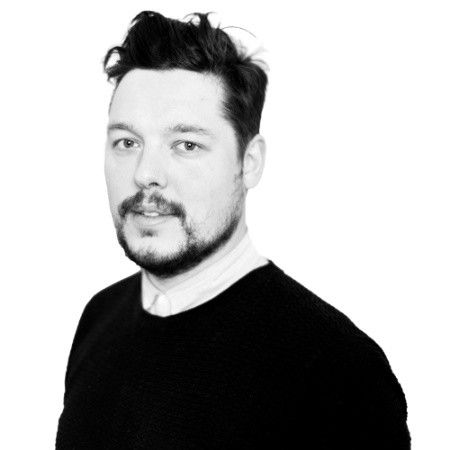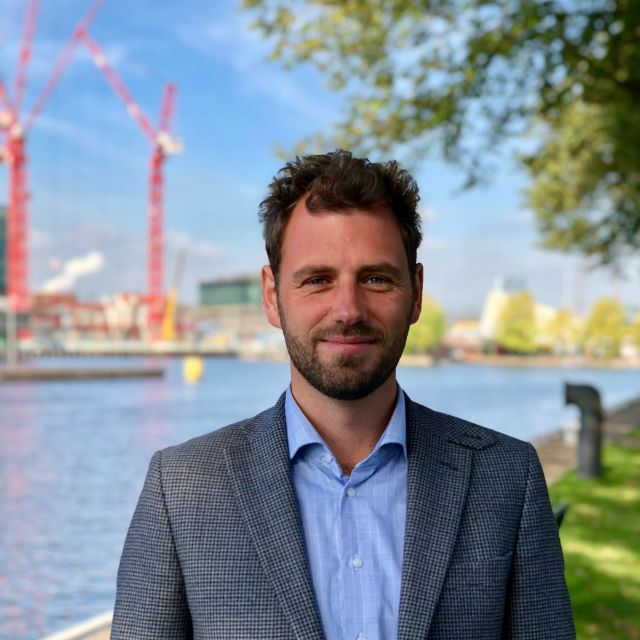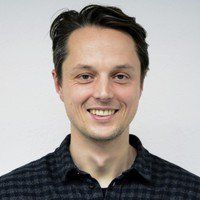Transparent charging station
The transparent charging station is a design project meant to explain smart charging algorithm decisions to users.
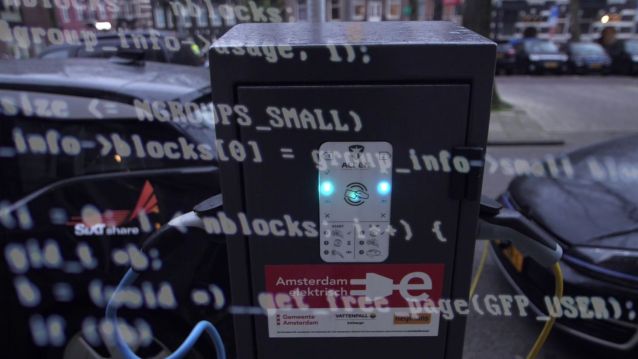
In the near future, when electric cars become more prevalent, the electricity grid will no longer be able to charge all electric cars at the same time. Algorithms will influence how electricity is distributed amongst car charging stations. But during peak hours, who is allowed to load first and at what speed? How do these algorithms decide? And how do you know – as a user – what is happening and if the choices made are fair?
To find answers to these questions, the Transparent Charging Station project was started in 2017. This project produces the first user interface informing people about smart charging decisions.
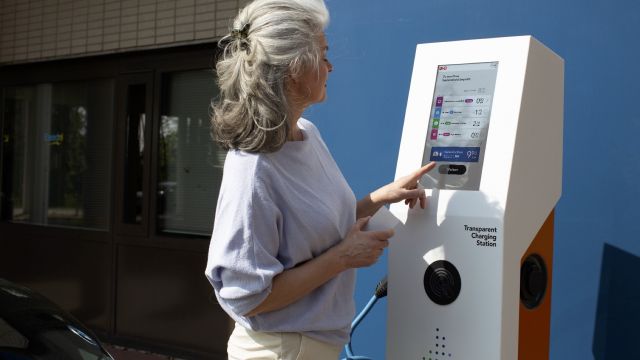

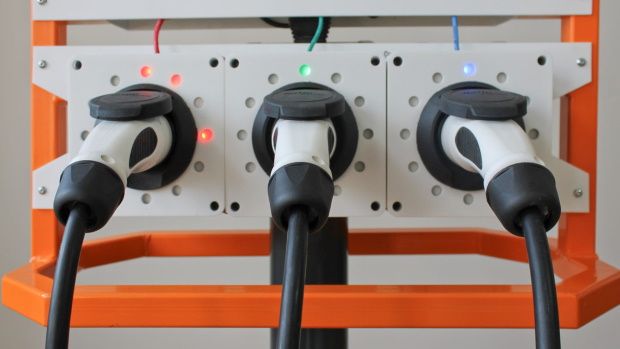
The transparent charging station promises to improve the democratic oversight of algorithms in EV charging. By explaining charging algorithm inputs, procedures and outputs in a user interface, EV drivers should be able to determine the system's fairness and see who the responsible parties are.”
— Kars Alfrink, Doctoral Researcher at TU Delft
Documentary
The short documentary The Transparent Charging Station has premiered on Thursday 18 March. In this short documentary, six experts talk about the origin, development and future of the Transparent Charging Station. The documentary was made possible by Knowledge and Innovation Center ElaadNL, Municipality of Amsterdam, Amsterdam Institute for Advanced Metropolitan Solutions, The Incredible Machine and TU Delft.
With: designer Marcel Schouwenaar, initiator Thijs Turèl, scientist Kars Alfrink, Smart Mobility expert Ruben Polderman, behavioral researcher Lotte Gardien and software engineer Ton Smets.
Camera: Victor Kaijser Bots and Claire Garritsen | Assembly: Victor Kaijser Bots | Voice over: Job Boot | Final editing: Eric van Kaathoven | Advice: Frank Geerts
Transparent Charging Station project has entered a new phase. The first 1.0 version of the design won a Dutch Design Award in 2018. Since then, we have worked hard on a 2.0 version. This is now operational and is located in a test environment at ElaadNL in Arnhem. And are planning to apply this model in a real-life city environment soon.
